Major power failures affected millions of people across India earlier this week and reached some 2,000 miles from the borders with Myanmar to the east and Pakistan to the west. Some 670 million people, which is 10 percent of the world's population, were affected by the largest blackout in history on Tuesday. Even as power was restored today, arguments have arisen between state and federal officials over who is to blame. -- Lloyd Young (27 photos total)

An Indian barber holding a candle, has a haircut for a customer at his shop in Kolkata, India, Tuesday, July 31, 2012. India's energy crisis cascaded over half the country Tuesday when three of its regional grids collapsed, leaving 620 million people without government-supplied electricity for several hours in, by far, the world's biggest blackout. (Bikas Das/Associated Press)

An Indian man looks at a maze of electric cables from a window of his house in New Delhi, India on Aug. Vast amounts of power bleeds out of India's antiquated distribution system or is pirated through unauthorized wiring. An estimated 620 million people were left without electricity Tuesday afternoon after Indiaís northern, eastern and northeastern grids cascaded into failure. (Manish Swarup/Associated Press) #

An Indian girl prepares a meal by candle light during a power cut in Jammu, India, on Aug. 1. Factories and workshops across India were up and running again Wednesday, a day after a major system collapse led to a second day of power outages and the worst blackout in history. (Channi Anand/Associated Press) #

A passenger sits in a basket at a platform as he waits for the electricity to be restored at a railway station in Kolkata on July 31. Grids supplying electricity to half of India's 1.2 billion people collapsed on Tuesday, trapping coal miners, stranding train travellers and plunging hospitals into darkness in the second major blackout in as many days. (Rupak De Chowdhuri/Reuters) #

Kashmiri women purchase clothes at a local market in Srinagar, India on Aug. 1. Factories and workshops across India were up and running again Wednesday, a day after a major system collapse led to a second day of power outages and the worst blackout in history leaving an estimated 620 million people without electricity. (Mukhtar Khan/Associated Press) #

Residents stand under illegally extended electric wires at a slum in Jammu, India on Aug. 1. Vast amounts of power bleeds out of India's antiquated distribution system is pirated through unauthorized wiring. An estimated 620 million people were left without electricity Tuesday afternoon after Indiaís northern, eastern and northeastern grids cascaded into failure. (Channi Anand/Associated Press) #
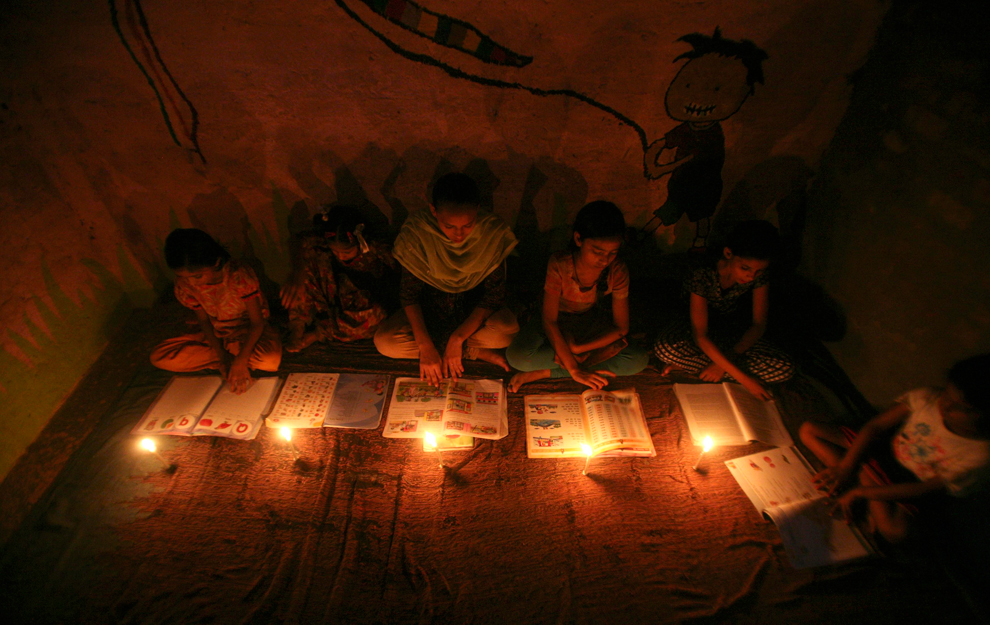
Muslim girls study in the light of candles inside a madrasa or religious school during a power-cut in Noida on the outskirts of New Delhi on July 30. Grid failure left more than 300 million people without power in New Delhi and much of northern India for hours on Monday in the worst blackout for more than a decade, highlighting chronic infrastructure woes holding back Asia's third-largest economy. (Parivartan Sharma/Reuters) #
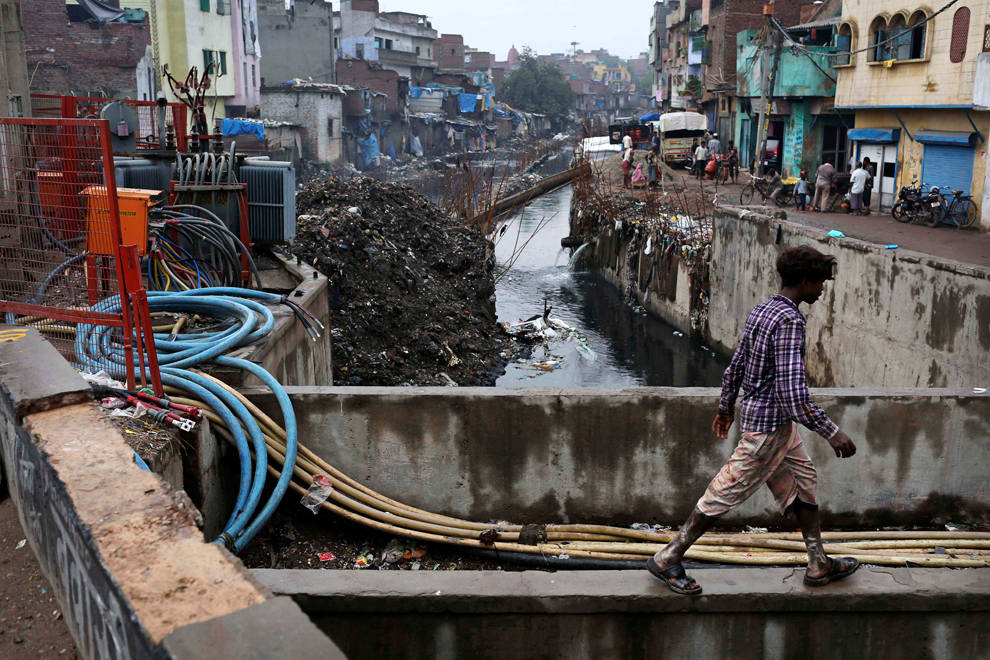
An Indian man walks past cables and exposed wires at an electricity substation in New Delhi, India on Aug. 1. Factories and workshops across India were up and running again Wednesday, a day after a major system collapse led to a second day of power outages and the worst blackout in history leaving an estimated 620 million people without electricity. (Kevin Frayer/Associated Press) #
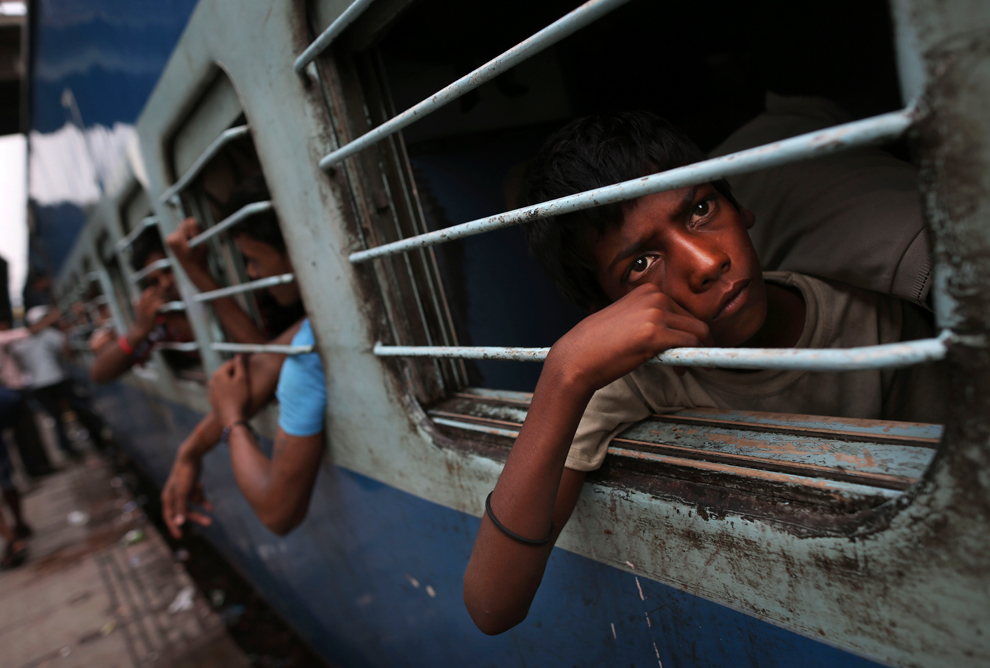
A young Indian boy watches from a window of a stalled train as he waits for it to resume services following a power outage at a railway station in New Delhi, India on July 31. India's energy crisis cascaded over half the country Tuesday when three of its regional grids collapsed, leaving 620 million people without government-supplied electricity for several hours in, by far, the world's biggest blackout. Hundreds of trains stalled across the country and traffic lights went out, causing widespread traffic jams in New Delhi. (Kevin Frayer/Associated Press) #



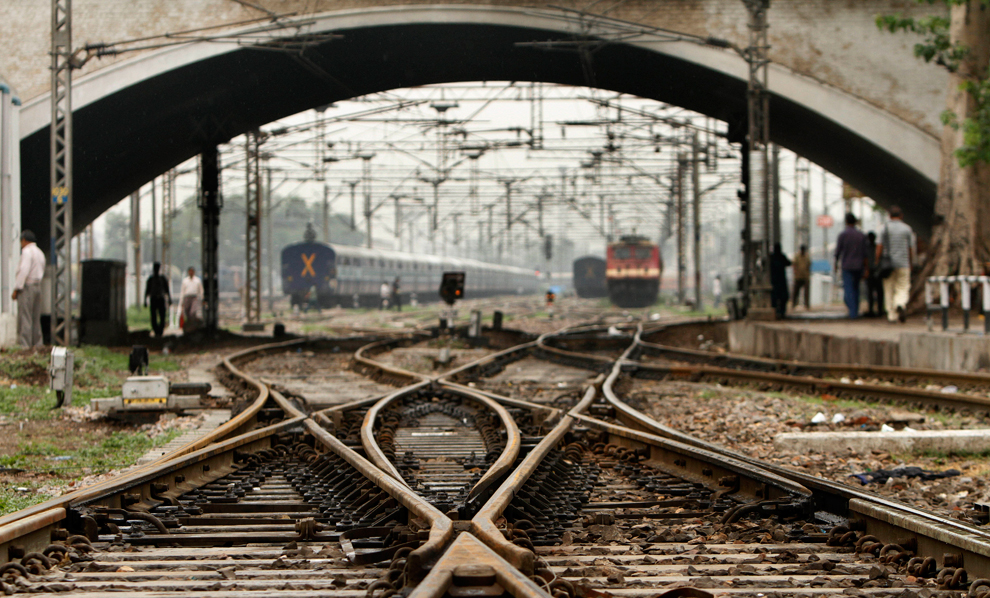
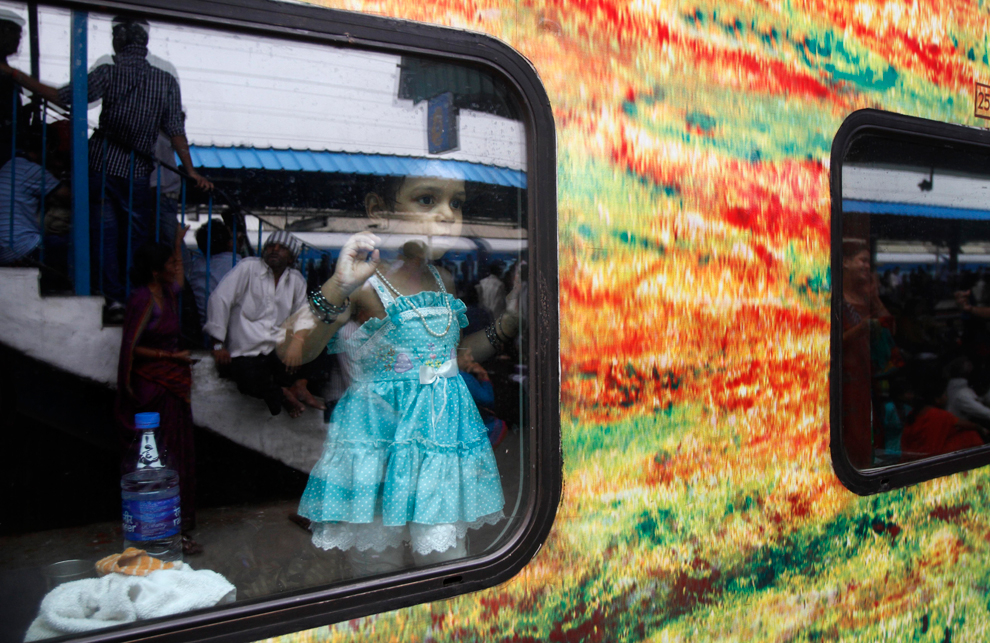
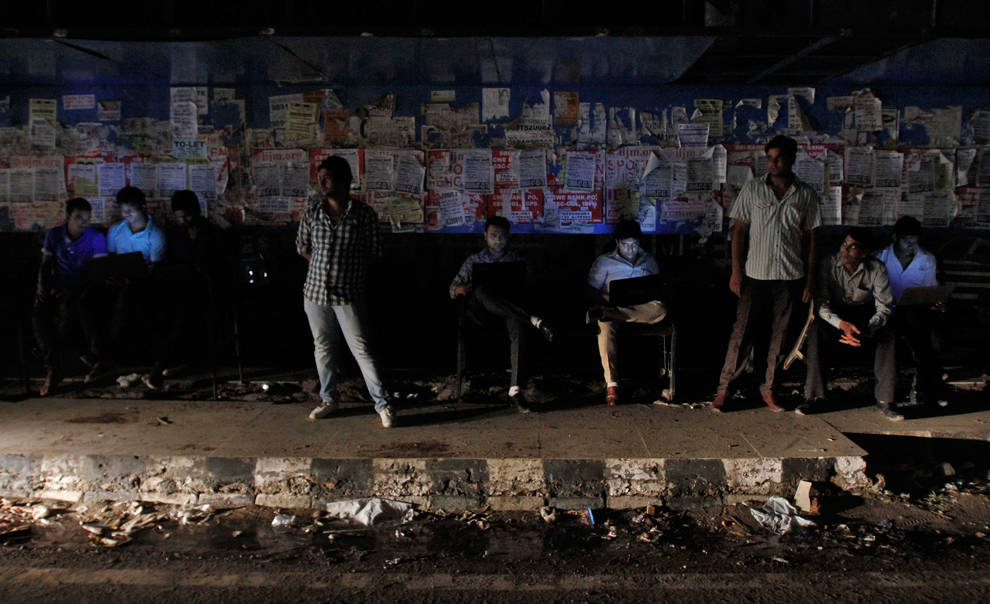
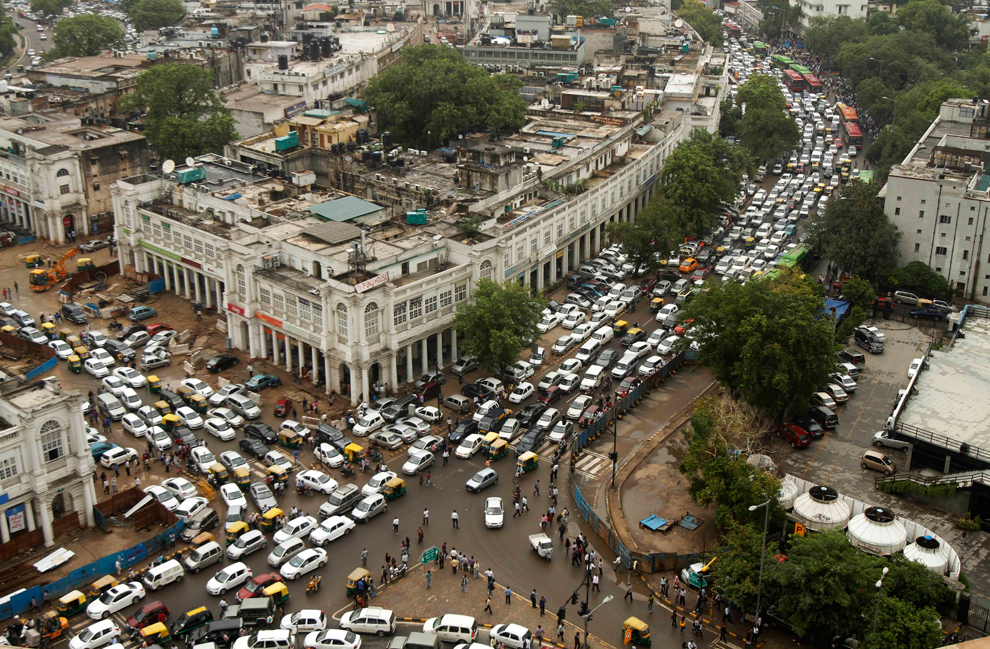
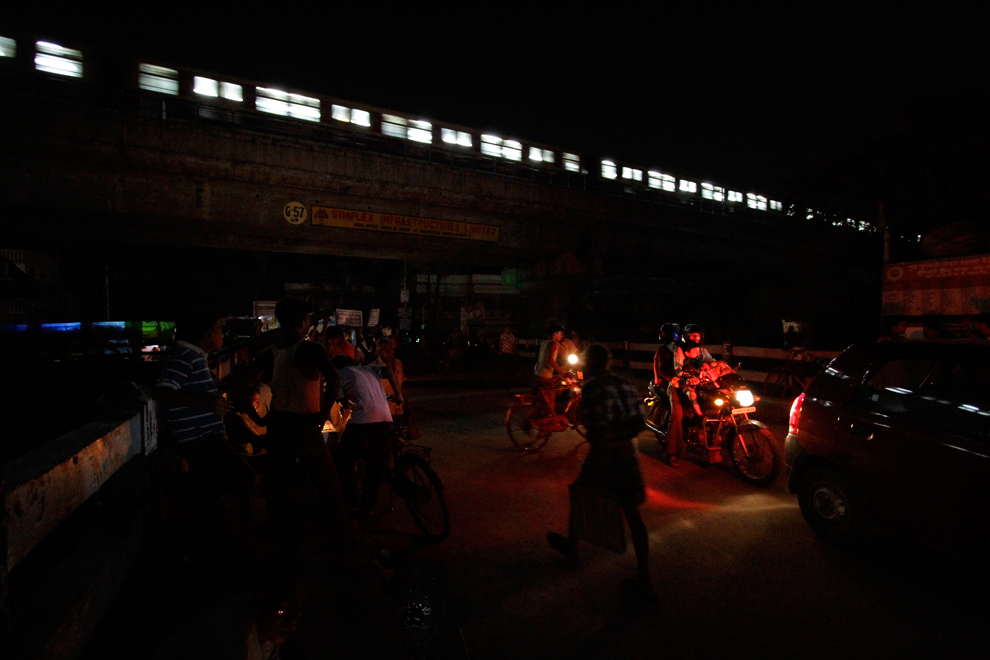
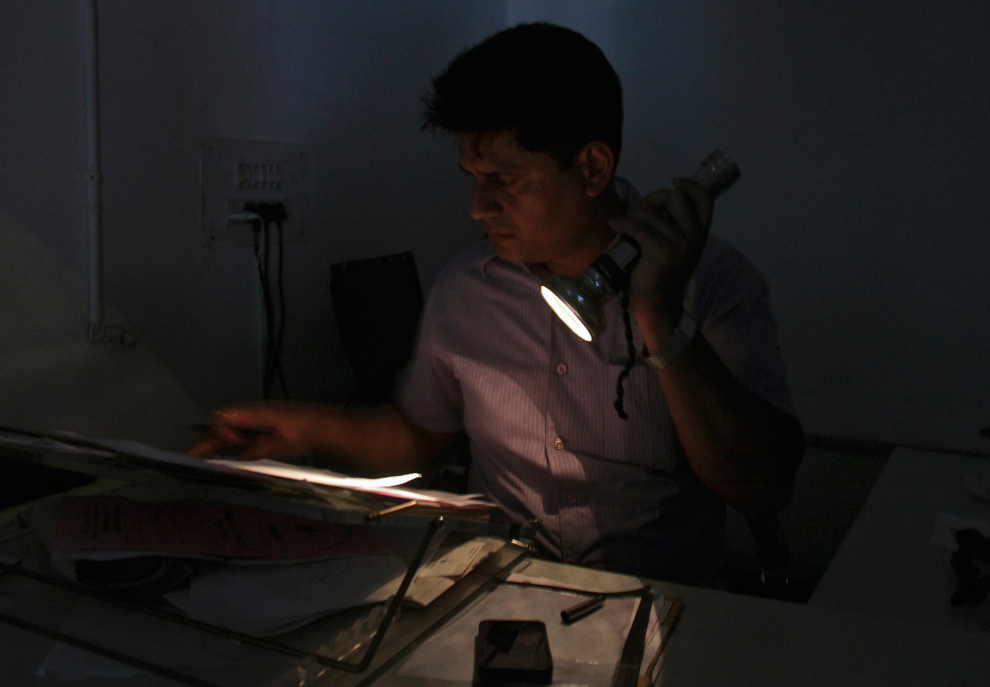
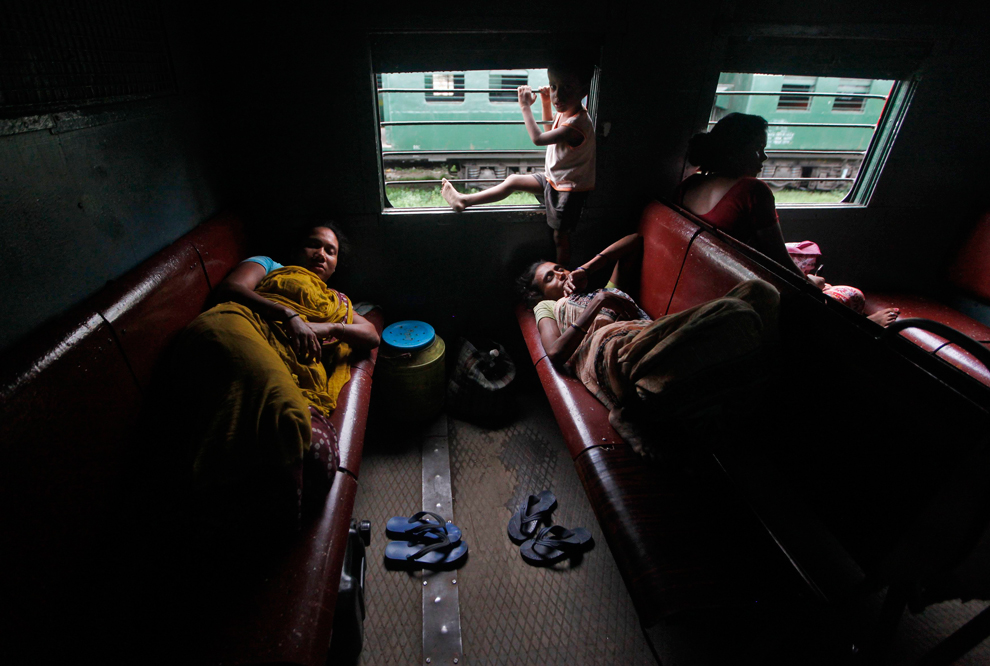
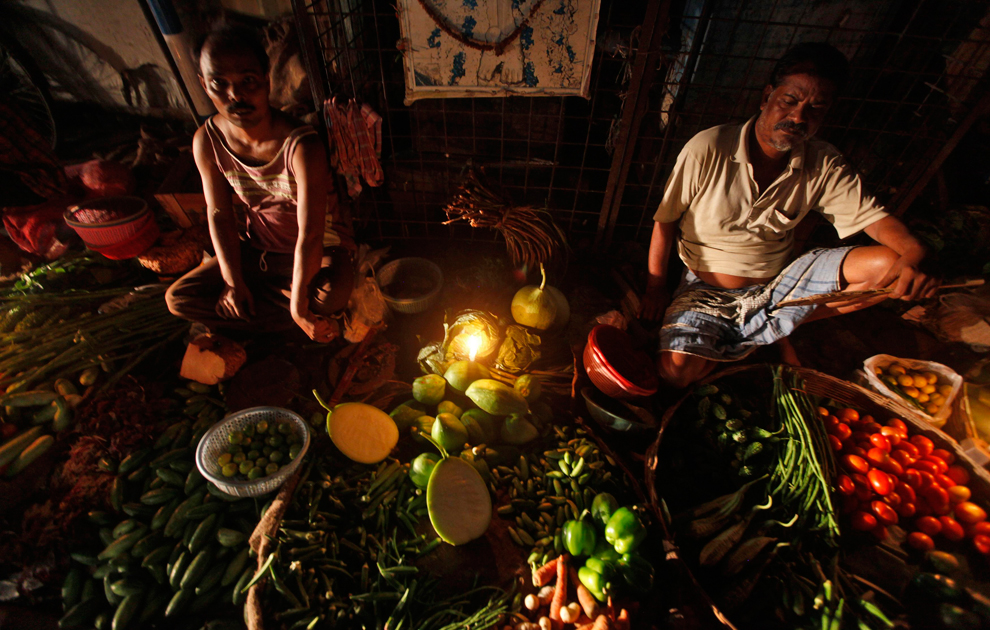
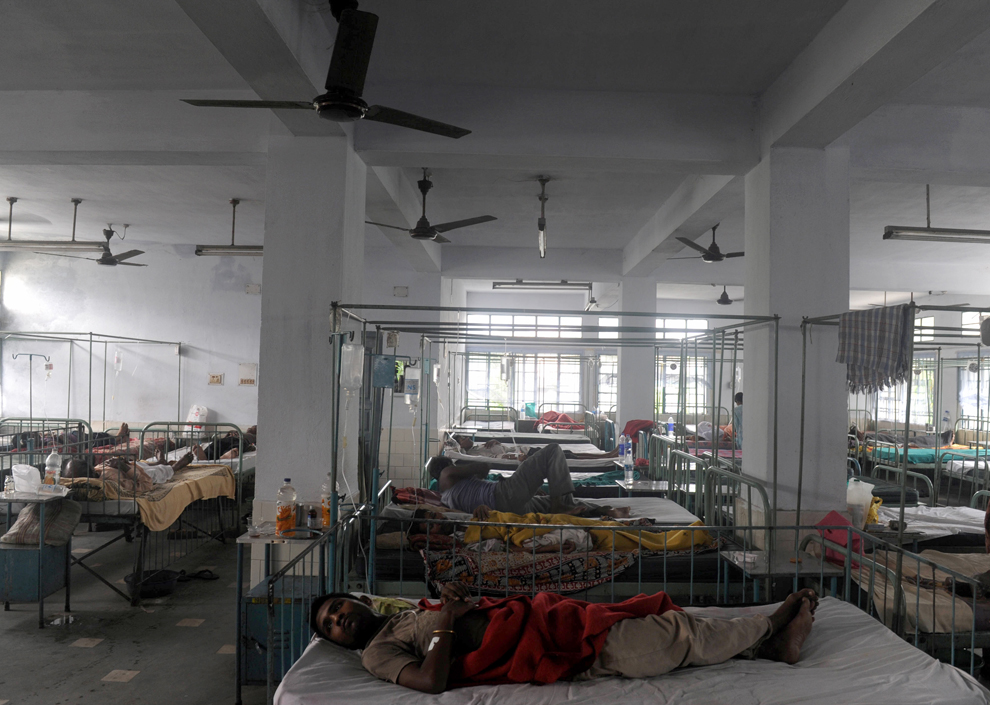
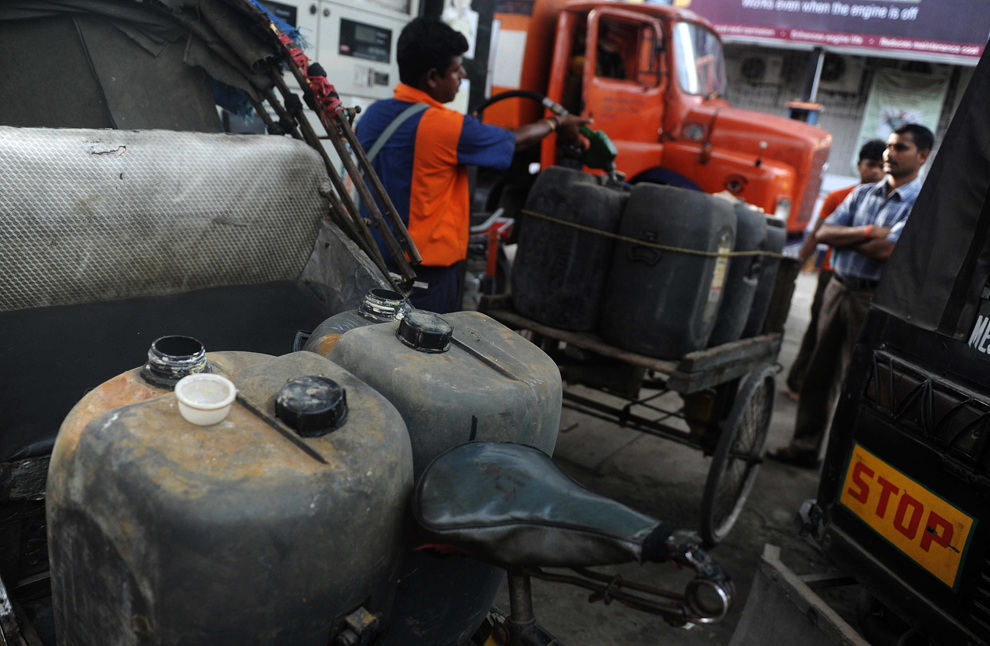
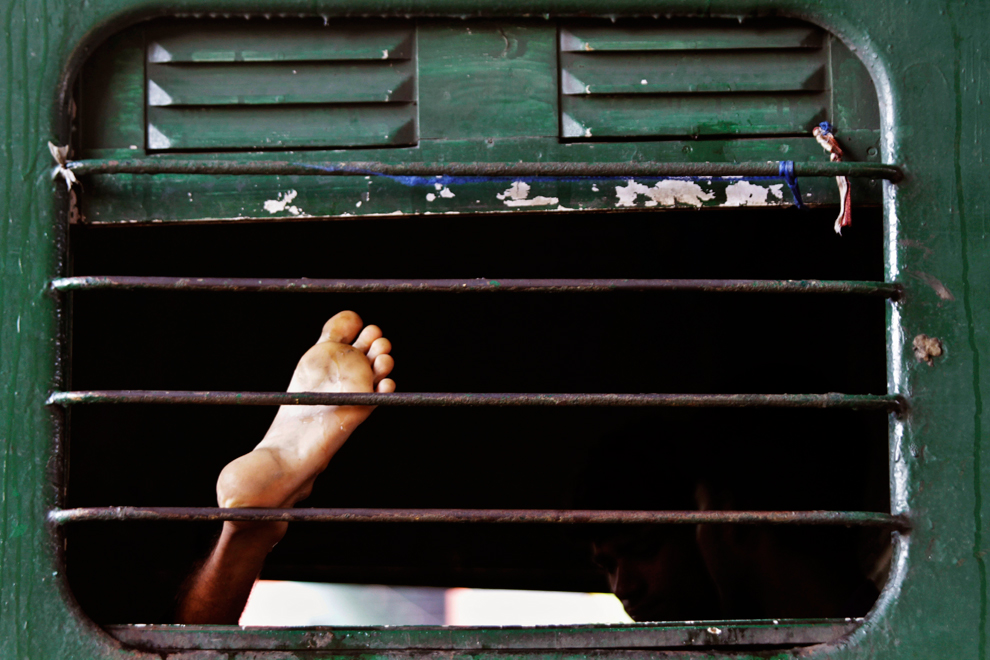
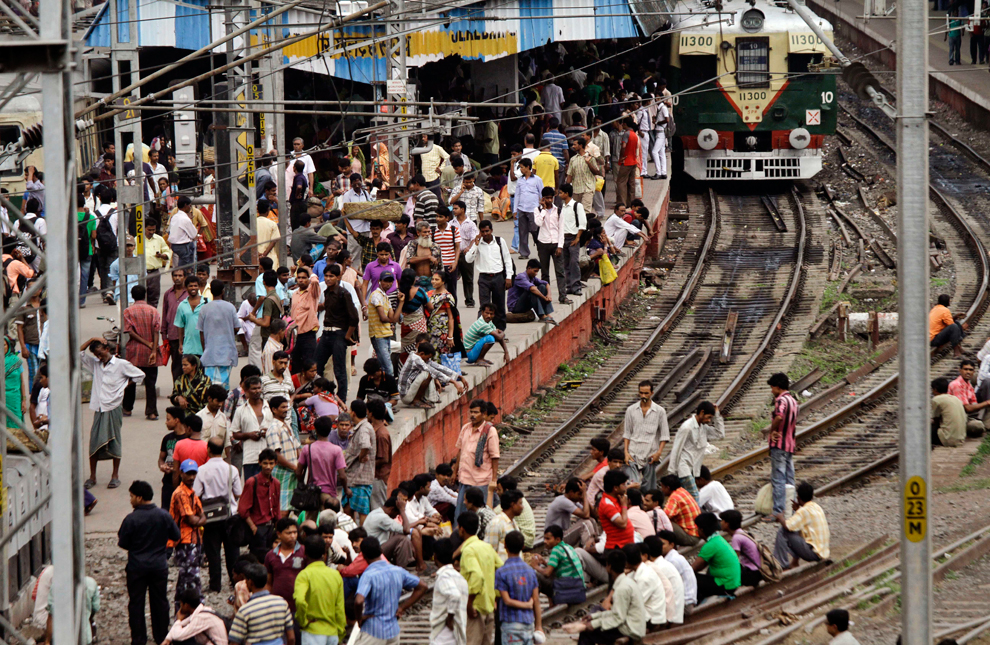

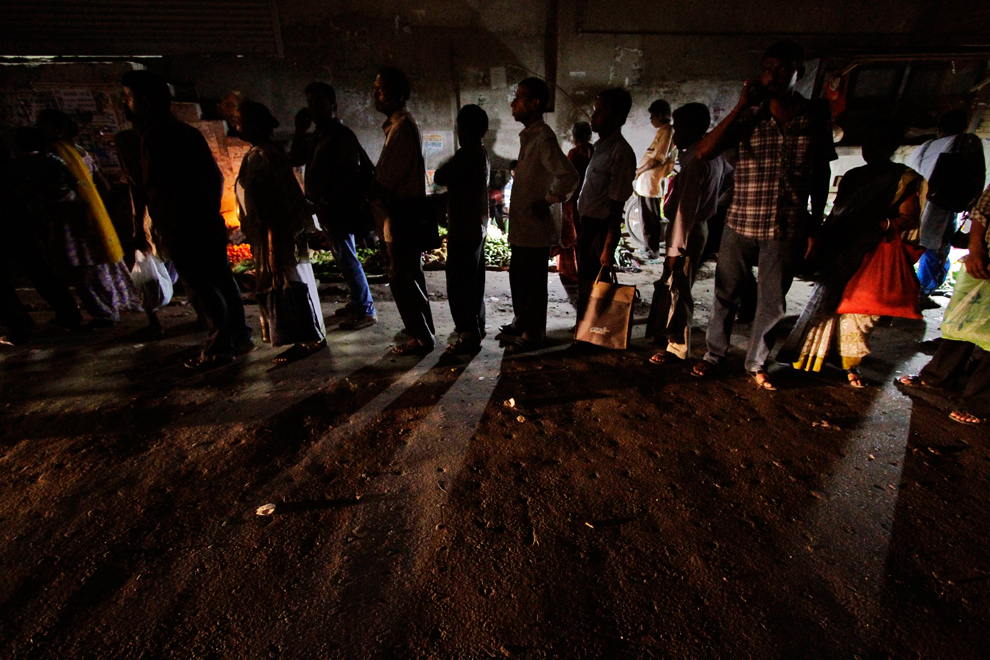
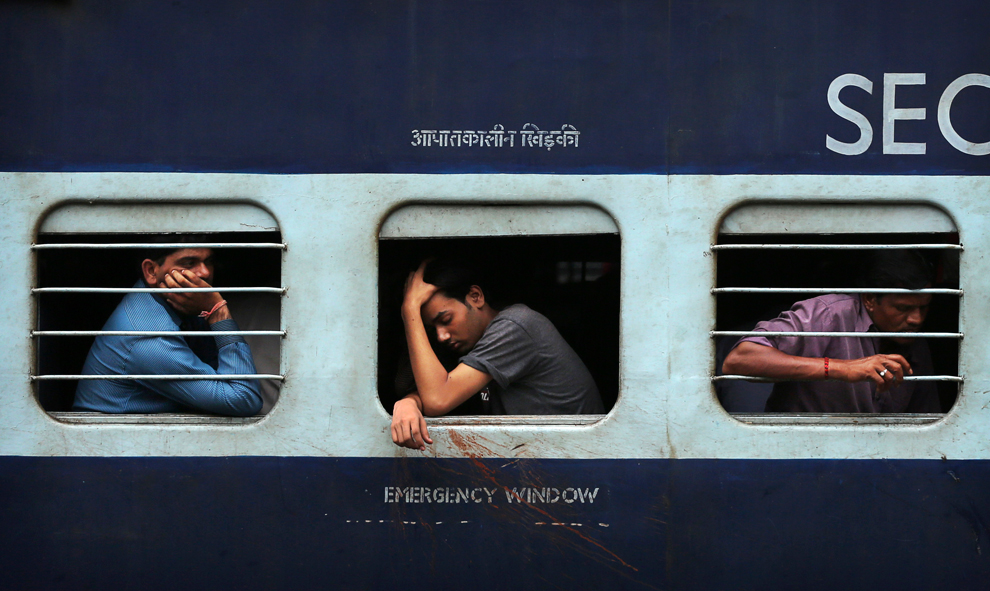
No comments:
Post a Comment